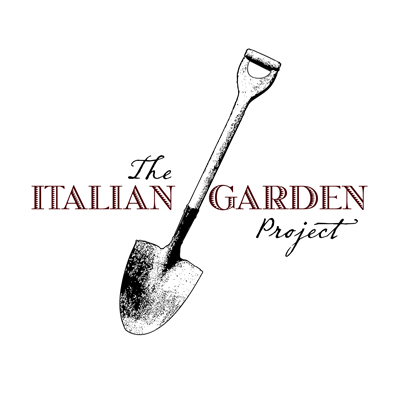All About Cicoria
We love when Italian Garden Project followers send us articles, pictures, and videos, so we were especially happy to hear from Greg Caicco, of Ontario, Canada. Greg made this very informative video on growing and preparing cicoria. Though many Italian Americans reserves the term cicoria for serrated leaf dandelion greens, the genus actually comprises many varieties including the smooth leaf chicory lettuce grown by Greg and his family. Cicoria is also closely related to escarole, endive, and radicchio. Italians believe this bitter flavored vegetable aids digestion, and grow it spring, fall, and through the winter in milder climates.
Cicoria: From the Garden to the Table
The short film features Greg’s father John who gives expert cicoria gardening tips, and his mother Yolanda’s cicoria pizza recipe. John learned how to garden from his father, an immigrant to Ontario from Cleto, Calabria. Yolanda’s recipe come from her family’s roots in Teramo, Abruzzo.
John tells us that up in Ontario he plants cicoria in May for his spring garden. Cicoria also does well in the fall, especially in the North Eastern US, so think about finding some seeds to plant in the next few weeks, and be sure to let us know how they grow, and how you prepare them. Thank you so much Caicco Family!
Yolanda’s Cicoria Pizza
Makes Two Large Pizzas
For the Cicoria
Large mixing bowl of cicoria greens
2 cloves of minced garlic
Olive oil
Salt to taste
Wash the cicoria thoroughly in water to remove any grit. Heat a large frying pan over medium heat. Add the still damp cicoria to the pan, and cover to let it steam, turn the heat to high. Stir occasionally until the cicoria is wilted completely. Drain the cicoria in a colander, using the back of a wooden spoon to press out any liquid. When the cicoria is drained, place it on a cutting board and cut it into a rough chop. Add 2 tablespoons of olive oil to a pan, and sauté the minced garlic over low heat. When the garlic has softened add the cicoria to the pan. Sauté over low heat to incorporate garlic and olive oil flavor into the cicoria. Season with salt.
For the Pizzas
1 1/3 cup hot water
1 teaspoon sugar
1 teaspoon salt
5 teaspoons fresh or frozen yeast
6 tablespoons olive oil
3 cups whole wheat flour
1 cup all-purpose flour
Cooked cicoria
4 cups mozzarella cheese
In a large mixing bowl pour 2/3 cup of hot (but not boiling) water, add 1 teaspoon of sugar, and five teaspoons fresh or frozen yeast, and mix. Let the yeast mixture sit for 10 minutes. During this time the yeast should bubble and rise.
After the yeast has been activated, add 2/3 cup warm water, 1 teaspoon salt, and 4 tablespoons olive oil to the yeast mixture and stir. Add 3 cups whole wheat flour and mix to incorporate. Add 1 cup all-purpose flour, and mix. Turn the dough out onto a clean, floured work surface, and knead for 5 to 10 minutes. The dough should come together nicely. If it is too sticky or wet add a bit more flour, if it is too dry and crumbly add a bit more water. Put the kneaded dough in an oiled bowl, turning to coat the dough with olive oil. Cover the dough with wax paper or a damp tea towel. Place the bowl in a warm place and let it rise for an hour.
When the dough has risen, preheat the oven to 410˚ F, and oil the pans on which you will cook the pizza. Cut the dough in half, and turn onto a lightly floured work surface. Shape the dough by pressing and stretching, adding flour as needed. Place the dough on the pan and press to the edges.
Spoon the cicoria onto the pizza dough, sprinkle with shredded mozzarella cheese, and drizzle with olive oil. Place the pizzas in the pre-heated oven, and let them cook for ten minutes. After ten minutes, switch the pizzas – from top to bottom rack, to ensure even cooking. Cook for another ten minutes, or until the crust is golden brown and the cheese is bubbling.

